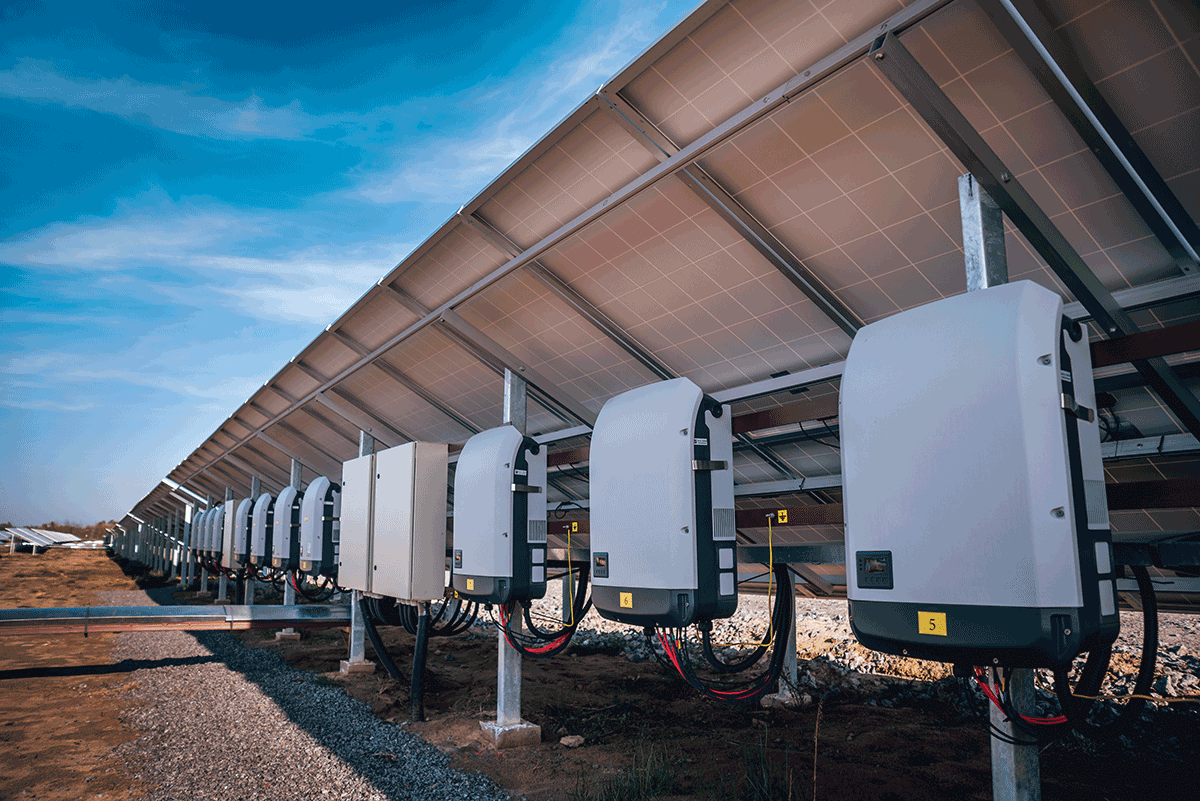The installation and commissioning of Energy Storage Systems (ESS) has increased at an exponential rate. Systems are being deployed for various applications in residential, commercial, industrial, and utility environments. Various types of systems and chemistries are being utilized for these deployments. However, some electrochemical makeups, such as lithium-ion, can pose serious fire hazards that have been observed in the field. These fire hazards can arise from the battery cells from a lack of manufacturing quality, insufficient robustness in the Battery Management System (BMS) design, external environmental stresses, and other reasons.
By Michael Becker as Global Business Director- Energy Storage, CSA Group
One of the main applicable installation codes is NFPA 855: Standard for the Installation of Stationary Energy Storage Systems. This standard covers the design, construction, operation, maintenance, and decommissioning of ESS. Some key requirements in NFPA 855 revolve around the energy capacity size and separation of ESS units. Limits are placed on both the energy size and separation of ESS units when considering the installation. However, NFPA 855 allows fire testing to be performed on units to allow for larger energy capacities or smaller spacings in between units. The main test method used to accomplish this is UL 9540A: Standard for Test Method for Evaluating Thermal Runaway Fire Propagation in Battery Energy Storage Systems.
UL 9540A has three main levels that are typically considered: cell, module, and unit-level testing. The following explains each level and the purpose of performing each test.
Cell:
- Cell testing is performed on a single battery cell. Cells are forced into thermal runaway using various options for initiation. The most common method utilized is a flexible film heater that heats the cell until thermal runaway occurs. Thermal runaway is defined as the cell surface temperature increasing through self-heating in an uncontrollable fashion. This is not the same as gas venting since venting may occur before thermal runaway occurs.
- The cell gas is collected during thermal runaway in a pressurized vessel. The gas composition is determined to detect component gases such as hydrocarbons and other flammable gases. Further analysis is performed to determine other characteristics of the gases, including Lower Flammability Limit, gas burning velocity, and Pmax. If the cell vent gas is not flammable and the cell does not enter thermal runaway, no module testing is required.
Module:
- Module testing is performed on a single battery module, which consists of multiple cells that get assembled and slid into a battery rack. The test is conducted under a smoke collection hood. Enough cells are initiated into thermal runaway using the same method as at the cell level to cause cell-to-cell propagation. The heat release rate is measured using the hood, along with vent gas composition, hydrocarbon content, and smoke release rate. The main purpose of module-level testing is to establish baseline performance, compare the fire performance of other modules, and verify the method to achieve cell-to-cell propagation.
Unit
- Unit testing is performed on an ESS unit. The term unit is defined based on the type of product being tested. For example, to be considered a single ESS unit, it could be a battery rack, battery cabinet, or even a larger container. One ESS unit is used as the initiating sample whose module is forced into thermal runaway using the same method as in module-level testing. Target units, which are unpopulated battery units, are positioned away from the initiating unit, as they would be in the field and specified in the installation manual. Safety controls, such as the BMS, are not relied upon for this testing. A wall section may also be used during the test to simulate a building or combustible material exposure.
- The test setup may vary depending on whether the system is intended for outdoor, indoor, residential, or non-residential applications. Much of the test criteria focuses on the temperature of the adjacent target units, temperature of the wall, heat flux measurements of egress paths, and whether visible flame external to the unit is present. There are other test criteria used depending on the type of end installation.
Currently, manufacturers undergo thermal runaway testing described in UL 9540A: Standard for Test Method for Evaluating Thermal Runaway Fire Propagation in Battery Energy Storage Systems. The levels of testing cover cell, module, unit, and installation testing. During the default test method, a cell or cells, are driven into thermal runaway using a film heater initiation method. Although cell-to-cell propagation may occur, the cell gases may not ignite, preventing any fire condition.
Due to a possible result of no fire condition achieved, authorities having jurisdiction (AHJs) currently require additional testing beyond the UL 9540A test, where a fire condition is necessary. This is to meet the intent of large-scale fire testing as outlined in the various codes, such as the California Fire Code and the International Fire Code. The intent of this test, as required by the codes, is to have a single ESS unit fully involved in a fire to determine if the fire will propagate to adjacent ESS units.
Large-scale fire testing is the forcible initiation of fire in an Energy Storage System enclosure. This testing is mainly intended for ESS installations that have multiple systems installed within proximity to each other. That includes commercial/utility installations with many ESS containers installed on a single site or a smaller residential installation with multiple battery cabinets.
There is no consensus standard in place yet for large-scale testing. CSA Group is working with industry members to close that gap. CSA Group has worked with many AHJs, consultants, and manufacturers to create a test method and report that captures what they want to see performed and reported. We continue to assist manufacturers with this testing and work with AHJs and other industry members to help outline testing needs and develop standards, utilizing our experience and expertise for the betterment of the industry.
For more information on CSA Group’s Battery and Energy Storage services, please visit our website csagroup.org/energystorage.











Find Us on Socials